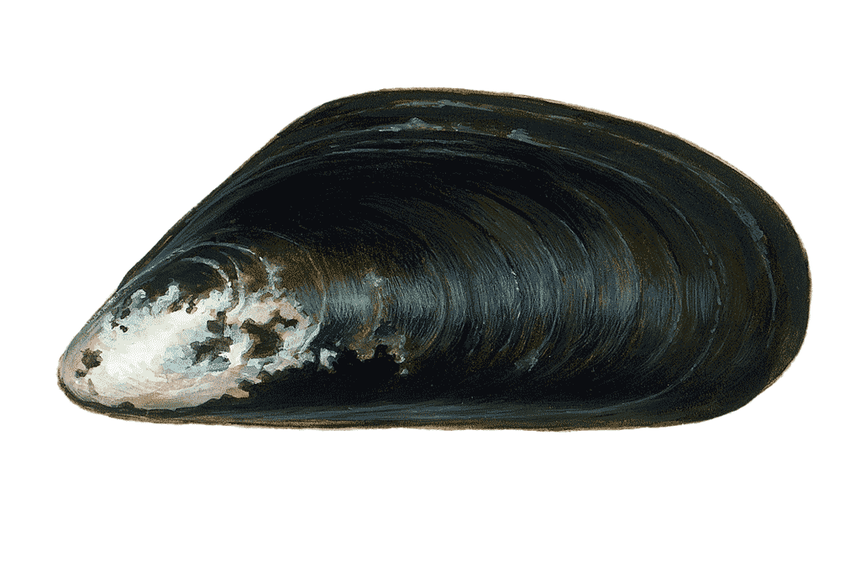- Certifier :
- Bureau Veritas Certification
- Certified status :
- Withdrawn
- Certified since :
- 10 Feb 2014
- Certificate expires :
- 09 Feb 2019
Overview
Fisheries are composed of one or more parts, each of which is entitled to receive an MSC certificate. These parts or “units” are defined by their target stock(s), fishing gear type(s) and if relevant vessel type(s), and the fishing fleets or groups of vessels.
When the term “Unit of Certification” is used for fishing units that are in assessment, it refers to the “Unit of Assessment” or “Unit of potential certification”. Expand a status below to view the parts that form this fishery. To check the detailed scope, download the latest certificate or open the Assessments page to get the latest report. Find out more by visiting our page on Fisheries
Catch by Species
| Species | Reported Catch Year | Metric Tonnes |
|---|---|---|
| Chilean mussel (Mytilus chilensis) | 2018 | 3,968.2 |
Information is provided by an independent Conformity Assessment Body as live weight (the weight of species at the time of catch, before processing) and where a fishing season covers multiple years, the end year is given as the reported catch year. Additional information is available in the latest report, see the assessments page.
About this Fishery
Chilean mussel Mytilus chilensis image © Scandinavian Fishing Year Book
This is an enhanced fishery, meaning it is neither wild capture nor pure aquaculture. Small wild mussels (known as seed or spat) are collected and re-laid on suspended substrates. The mussels are native to the area and no feeding takes place. Habitat modifications are reversible and do not cause serious or irreversible harm to the natural ecosystem’s structure and function. The full grown mussels are harvested mainly between October and July.
